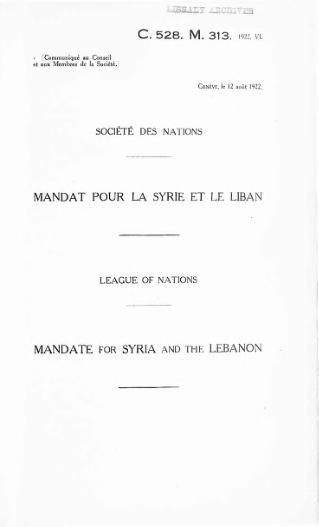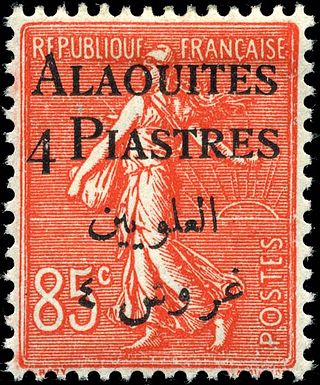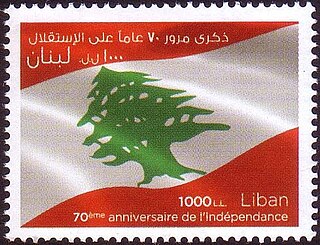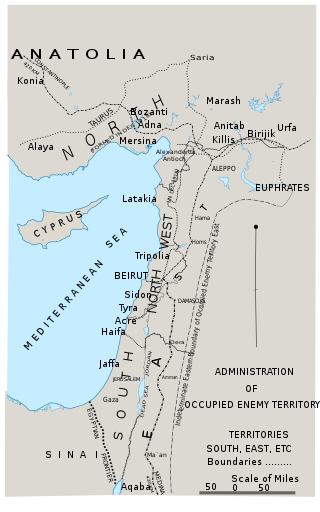
İskenderun, historically known as Alexandretta and Scanderoon, is a municipality and district of Hatay Province, Turkey. Its area is 247 km2, and its population is 251,682 (2022). It is on the Mediterranean coast. Located on an alluvial plain, the city was heavily damaged by powerful earthquakes in February 2023 and subsequent aftershocks, floods and fires.

Hatay Province is the southernmost province and metropolitan municipality of Turkey. Its area is 5,524 km2, and its population is 1,686,043 (2022). It is situated mostly outside Anatolia, along the eastern coast of the Levantine Sea. The province borders Syria to its south and east, the Turkish province of Adana to the northwest, Osmaniye to the north, and Gaziantep to the northeast. It is partially in Çukurova, a large fertile plain along Cilicia. Its administrative capital is Antakya, making it one of the three Turkish provinces not named after its administrative capital or any settlement. The second-largest city is İskenderun. Sovereignty over most of the province remains disputed with neighbouring Syria, which claims that the province had a demographic Arab majority, and was separated from itself against the stipulations of the French Mandate of Syria in the years following Syria's occupation by France after World War I.

The Mandate for Syria and the Lebanon was a League of Nations mandate founded in the aftermath of the First World War and the partitioning of the Ottoman Empire, concerning Syria and Lebanon. The mandate system was supposed to differ from colonialism, with the governing country intended to act as a trustee until the inhabitants were considered eligible for self-government. At that point, the mandate would terminate and a sovereign state would be born.

Hatay State, also known informally as the Republic of Hatay, was a transitional political entity that existed from 7 September 1938 to 29 June 1939, being located in the territory of the Sanjak of Alexandretta of the French Mandate of Syria. The state was transformed de facto into the Hatay Province of Turkey on 7 July 1939, de jure joining the country on 23 July 1939.
Each "article" in this category is in fact a collection of entries about several stamp issuers, presented in alphabetical order. The entries themselves are formulated on the micro model and so provide summary information about all known issuers.
Each "article" in this category is a collection of entries about several stamp issuers, presented in alphabetical order. The entries are formulated on the micro model and so provide summary information about all known issuers.

The Sanjak of Alexandretta was a sanjak of the Mandate of Syria composed of two qadaas of the former Aleppo Vilayet. It became autonomous under Article 7 of the 1921 Treaty of Ankara: "A special administrative regime shall be established for the district of Alexandretta. The Turkish inhabitants of this district shall enjoy facility for their cultural development. The Turkish language shall have official recognition".

The Franco-Syrian Treaty of Independence, also known as the Viénot Accords, was a treaty negotiated between France and Syria to provide for Syrian independence from French authority.

The Alawite State or the Alaouites (Fr.) was located between the Turkish province of Hatay and Lebanon. Geographically within Syria, the Alawite state was administered under a French mandate between 1920 and 1930 and as the Sanjak of Latakia from 1930. From 5 December 1936 it was fully incorporated into Syria.
The postage stamps and postal history of Palestine emerges from its geographic location as a crossroads amidst the empires of the ancient Near East, the Levant and the Middle East. Postal services in the region were first established in the Bronze Age, during the rule of Sargon of Akkad, and successive empires have established and operated a number of different postal systems over the millennia.

The State of Aleppo was one of the six states that were established by the French High Commissioner of the Levant, General Henri Gouraud, in the French Mandate of Syria which followed the San Remo conference and the collapse of King Faisal I's short-lived Arab monarchy in Syria.

The State of Damascus was one of the six states established by the French General Henri Gouraud in the French Mandate of Syria which followed the San Remo conference of 1920 and the defeat of King Faisal's short-lived monarchy in Syria.

The postal history of Turkey and its predecessor state, the Ottoman Empire, dates to the 18th century when foreign countries maintained courier services through their consular offices in the Empire. Although delayed in the development of its own postal service, in 1863 the Ottoman Empire became the second independent country in Asia to issue adhesive postage stamps, and in 1875, it became a founding member of the General Postal Union, soon to become the Universal Postal Union. The Ottoman Empire became the Republic of Turkey in 1923, and in the following years, its postal service became more modernized and efficient and its postage stamps expertly designed and manufactured.
This is a survey of the postage stamps and postal history of Syria.

This is a survey of the postage stamps and postal history of Lebanon, formerly known as Liban.

This is a survey of the postage stamps and postal history of Jordan, formerly Transjordan.

The Second Syrian Republic, officially the Syrian Republic from 1950 to 1958 and the Syrian Arab Republic from 1961 to 1963, succeeded the First Syrian Republic that had become de facto independent in April 1946 from the French Mandate. The Second Republic was founded on the Syrian Constitution of 1950, which was suspended from 1953 to 1954 under Adib Shishakli's strongmanship, and later when Syria joined with the Republic of Egypt in forming the United Arab Republic in 1958. The Second Republic resumed when Syria withdrew from the union in 1961. In 1963, the Syrian Ba'athist Party came to power in a bloody military coup, which laid the foundations for the political structure in Syria to the present day.

The Occupied Enemy Territory Administration (OETA) was a joint British, French and Arab military administration over Levantine provinces of the former Ottoman Empire between 1917 and 1920, set up on 23 October 1917 following the Sinai and Palestine Campaign and Arab Revolt of World War I. Although it was declared by the British military, who were in control of the region, it was followed on 30 September 1918 by the 1918 Anglo-French Modus Vivendi in which it was agreed that the British would give the French control in certain areas, and the Hashemites were given joint control of the Eastern area per T. E. Lawrence's November 1918 "Sharifian plan".

The border between the Syrian Arab Republic and the Republic of Turkey is about 909 kilometres (565 mi) long, and runs from the Mediterranean Sea in the west to the tripoint with Iraq in the east. It runs across Upper Mesopotamia for some 400 kilometres (250 mi), crossing the Euphrates and reaching as far as the Tigris. Much of the border follows the Southern Turkish stretch of the Baghdad Railway, roughly along the 37th parallel between the 37th and 42nd eastern meridians. In the west, it almost surrounds the Turkish Hatay Province, partly eating the course of the Orontes River and reaching the Mediterranean coast at the foot of Jebel Aqra.
The Hatay dispute emerged when Turkey annexed Hatay Province from the newly independent Syria in 1939. The Hatay dispute remains a controversial problem between Syria and Turkey from time to time.
















